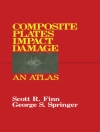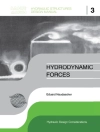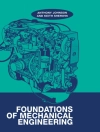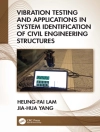This book presents original analytical models of coherent-interface-induced stresses in two- and three-component materials. These materials consist of isotropic particles with or without an isotropic continuous envelope on their surface, where the particles are distributed in an isotropic matrix. Dimensions of an isotropic crystalline lattice of these components are different. The particle, envelope and matrix lattices on the particle-matrix, matrix-envelope and particle-envelope boundaries represent a coherent or semi-coherent interface. Due to this interface, the lattices are deformed. The coherent/semi-coherent-interface-induced stresses, which are a consequence of this deformation, exhibit an influence on material properties. The deformation is usually considered within the boundaries. This well-known concept of the coherent or semi-coherent interfaces, which is applied to a one-particle-matrix system, does not consider the particle volume fraction v, the particle radius R and the inter-particle distance d, which represent fundamental structural characteristics of two-component materials. Accordingly, the one-particle model system does not correspond to real multi-particle materials, e.g., two-component materials. The analytical models in this book, which are determined for multi-particle model systems with coherent and semi-coherent interfaces on the particle-matrix, particle-envelope and matrix-envelope boundaries, consider these characteristics. The deformation is determined within the boundaries, as well as within the particles, envelope and matrix. Additionally, critical values of these characteristics, which are a reason of a transformation of coherent/semi-coherent particle-matrix boundaries to incoherent ones, are determined. If tensile mechanical stresses act at these incoherent boundaries, then cavities are formed around the particles. The cavities represent defects in the matrix, which degrade material properties. These critical values define a limit state with respect to this degradation. Limit states represent an important phenomenon in material engineering. Analytical models of limit states are a considerable contribution to materials science. Accordingly, this book presents unique analytical results, which are determined for coherent and semi-coherent interfaces at the particle-envelope and matrix-envelope boundaries. These results, which are determined by fundamental equations of solid continuum mechanics, are applicable within basic research (solid continuum mechanics, theoretical physics, materials science), as well as within the practice of engineering.
Ladislav Ceniga
Analytical Models of Coherent-Interface-Induced Stresses in Composite Materials III [PDF ebook]
Analytical Models of Coherent-Interface-Induced Stresses in Composite Materials III [PDF ebook]
Compre este e-book e ganhe mais 1 GRÁTIS!
Língua Inglês ● Formato PDF ● Páginas 164 ● ISBN 9781536199963 ● Editor Ladislav Ceniga ● Editora Nova Science Publishers, Inc. ● Publicado 2021 ● Carregável 3 vezes ● Moeda EUR ● ID 8020279 ● Proteção contra cópia Adobe DRM
Requer um leitor de ebook capaz de DRM












